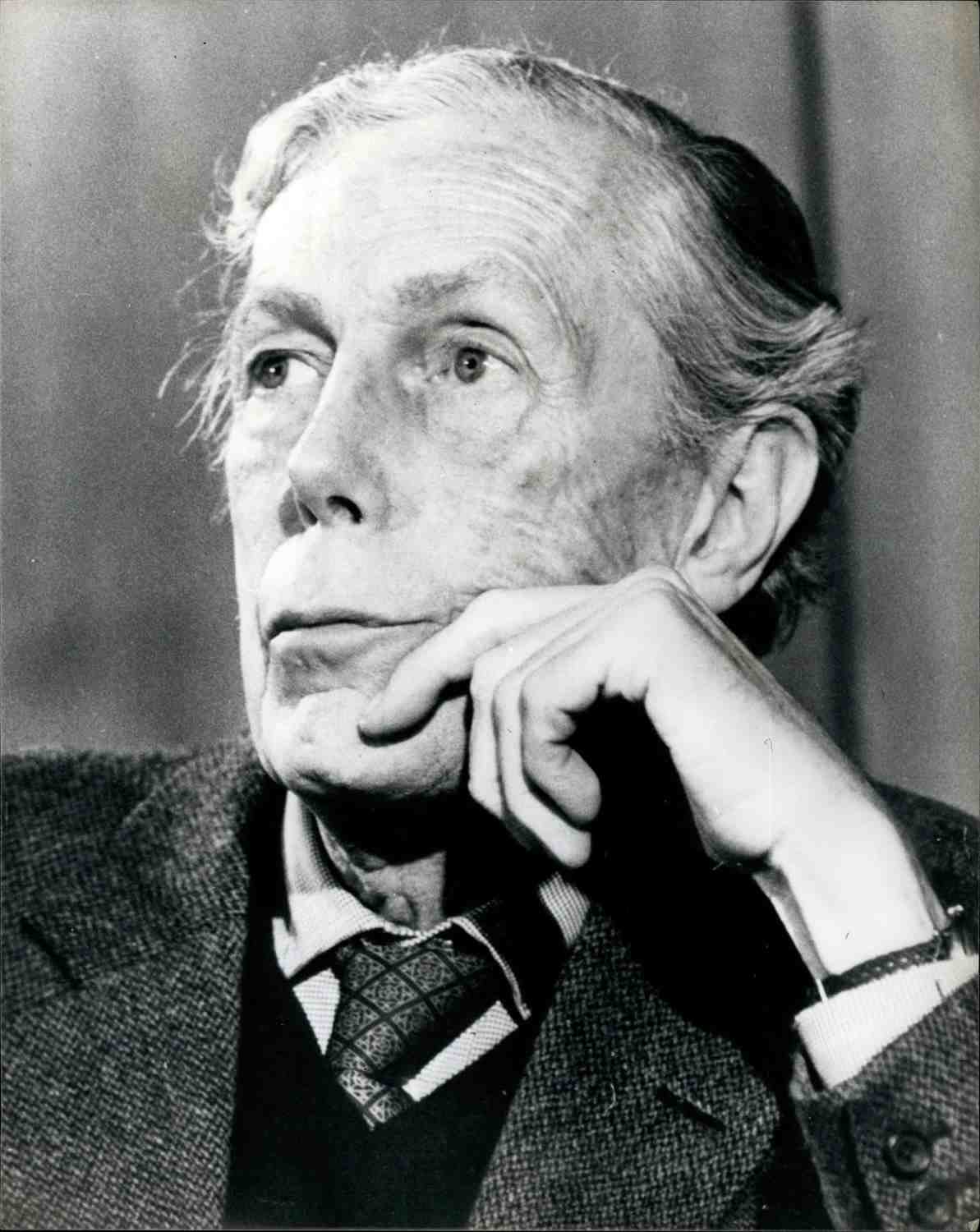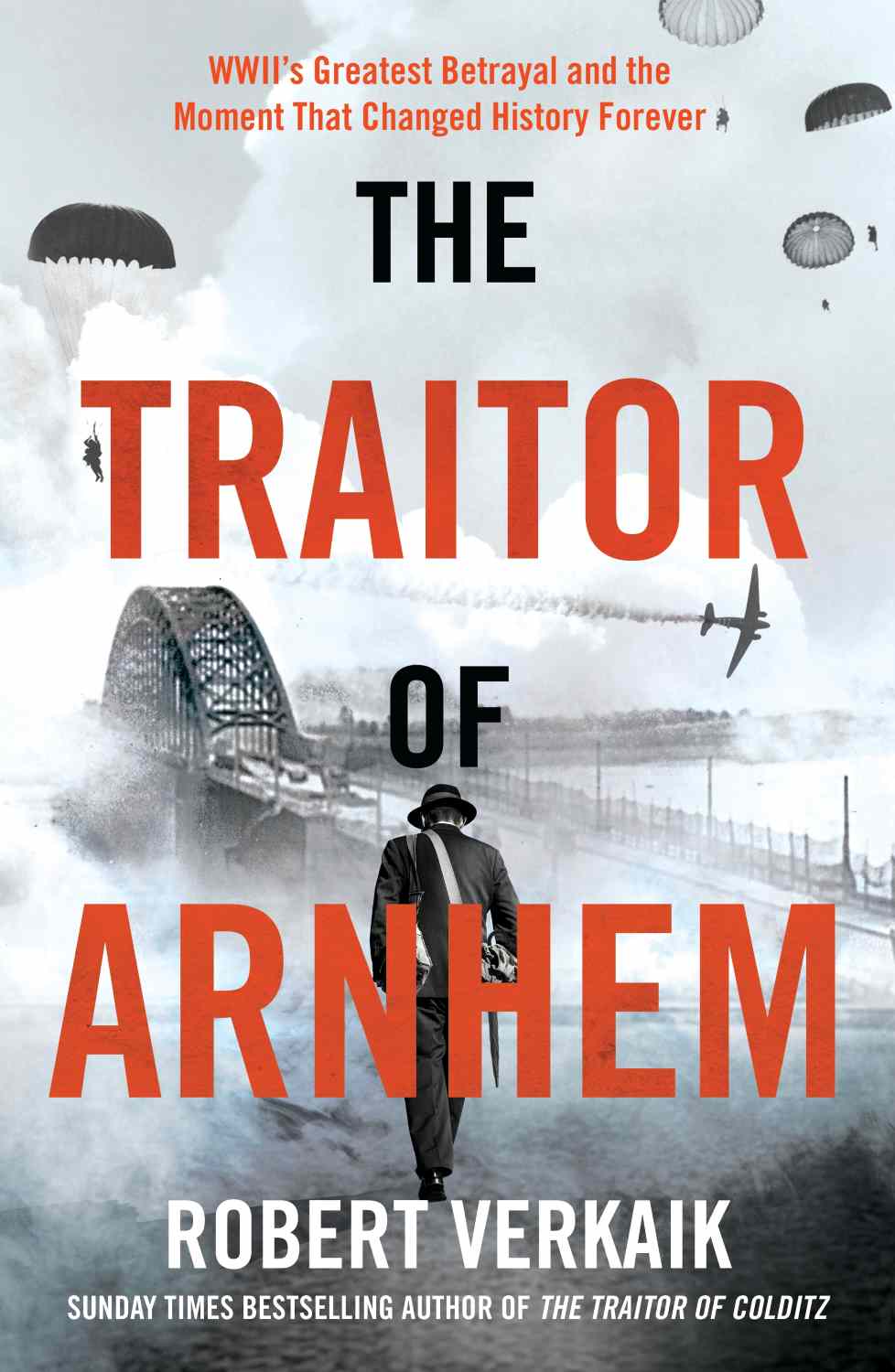'Vivid and arresting': Lord Browne and Russell Clarke review 'The Traitor of Arnhem'
September 1944: Arnhem bridge | Image by: Photo 12 / Alamy Stock Photo
Lord Browne of Ladyton & Russell Clarke
4 min read
Building a convincing case for the identity of the agents who ensured the frustration of the Allied military operation at Arnhem, Robert Verkaik has delivered a well-researched and intriguing book
The failure of the Allies’ Operation Market Garden during the Second World War has been ascribed to deteriorating weather, logistical failures, faulty reconnaissance, British complacency and a mix of all four. This historical consensus has suited many parties; from German battlefield commanders who saw no reason to disavow a verdict that laid emphasis on their intrepid defence at Arnhem to American generals who maintained it was a purely British failure, characteristic of what they characterised as Field Marshal Montgomery’s perverse blend of conceptual boldness and tactical timidity. Montgomery himself maintained it was “90 per cent successful”. After hearing this estimate, Prince Bernhard of the Netherlands somewhat acidly remarked that his country could “not afford another success from Montgomery”.
As The Traitor of Arnhem makes clear, Operation Market Garden had two components in service of one strategic aim. Through seizing nine bridges with United States, British and Polish airborne forces, the Allies would then open the way for British armoured units to sweep over the bridges, opening the road to the Ruhr and on to Berlin. Crucially, this would have allowed the British and Americans to reach Berlin first, negotiating with the Soviets as the powers in possession, rather than entering a city already liberated by Russian troops.
The scale of the gamble conceived by Montgomery and supported by Winston Churchill was colossal
It was a military gamble, in service of preventing what would otherwise be (and indeed, became) a geopolitical certainty – Soviet domination of Eastern Europe. The scale of the gamble conceived by Montgomery and supported by Winston Churchill was colossal. Market Garden was the largest airborne operation in military history and, if successful, may have brought the war to an end months earlier, saving untold Allied and German lives.
 Anthony Blunt, 1979 | Image by: Keystone Press / Alamy Stock Photo
Anthony Blunt, 1979 | Image by: Keystone Press / Alamy Stock Photo
But this book suggests that it was not the weather, British hubris or unexpected German steadfastness that was the major contributor to the Allied debacle, but betrayal. Despite the book’s title in the singular, Robert Verkaik posits the notion that the Allied plans for Arnhem were not merely compromised by a Dutch double (or possibly triple) agent named Christiaan Lindemans, but by a highly placed source within the British Secret Service named “Josephine” who was leaking detailed information to an Abwehr (German military-intelligence service) spymaster in Stockholm. This source, Verkaik convincingly suggests, was very likely Anthony Blunt.
The first third of the book focuses on the story of Lindemans, whose background and early exploits Verkaik makes vivid and arresting. Known as “King Kong”, Lindemans tendered genuinely heroic service to the Dutch resistance before a mixture of blackmail and easily exploited opportunism led him to offer his services to the Abwehr. The moment where Lindemans betrays the Arnhem plans to the Germans is written as somewhat picaresque in nature, using the camouflage of an engineered Nazi ambush to visit and pass information to General Kurt Student – a paratrooper who was, perhaps of all men in Europe, best-placed to understand the implications of Lindemans’ information.
 The question posed by the remainder of Verkaik’s account is: who was Josephine? In this well-researched, engaging and intriguing work, while never asserting categorically that this source must have been Anthony Blunt, Verkaik concludes – and forces the reader strongly to consider – that such a hypothesis is overwhelmingly likely. He shows that Josephine’s intelligence was misleading when it solely benefitted the Germans (as with D-Day) but startlingly accurate where the Germans were merely an ancillary, but the Soviets the ultimate beneficiary. The British failure at Arnhem slowed the Allied advance and left the way clear for Stalin to occupy Berlin first. Verkaik shows that Blunt had the opportunity, the access and the motive to act as Josephine and, having been asked to lead the investigation into this intelligence failure himself, also the means to escape responsibility.
The question posed by the remainder of Verkaik’s account is: who was Josephine? In this well-researched, engaging and intriguing work, while never asserting categorically that this source must have been Anthony Blunt, Verkaik concludes – and forces the reader strongly to consider – that such a hypothesis is overwhelmingly likely. He shows that Josephine’s intelligence was misleading when it solely benefitted the Germans (as with D-Day) but startlingly accurate where the Germans were merely an ancillary, but the Soviets the ultimate beneficiary. The British failure at Arnhem slowed the Allied advance and left the way clear for Stalin to occupy Berlin first. Verkaik shows that Blunt had the opportunity, the access and the motive to act as Josephine and, having been asked to lead the investigation into this intelligence failure himself, also the means to escape responsibility.
Perhaps the starkest of the moral questions in Verkaik’s book lies not in asking who benefitted from the leaking of Allied intelligence, but in asking who paid for it: 1,485 Allied servicemen were killed at Arnhem, with another 6,525 taken prisoner. Its failure almost certainly led to the prolongation of the war and to a tightening of the Soviet grip around the Baltic states and Eastern Europe. Blunt, conversely, collected a knighthood and other honours, continued as surveyor of the Queen’s pictures until 1973 and died peacefully in his bed 10 years later.
Lord Browne of Ladyton & Russell Clarke
The Traitor of Arnhem: WWII’s Greatest Betrayal and the Moment That Changed History Forever
By: Robert Verkaik
Publisher: Welbeck
